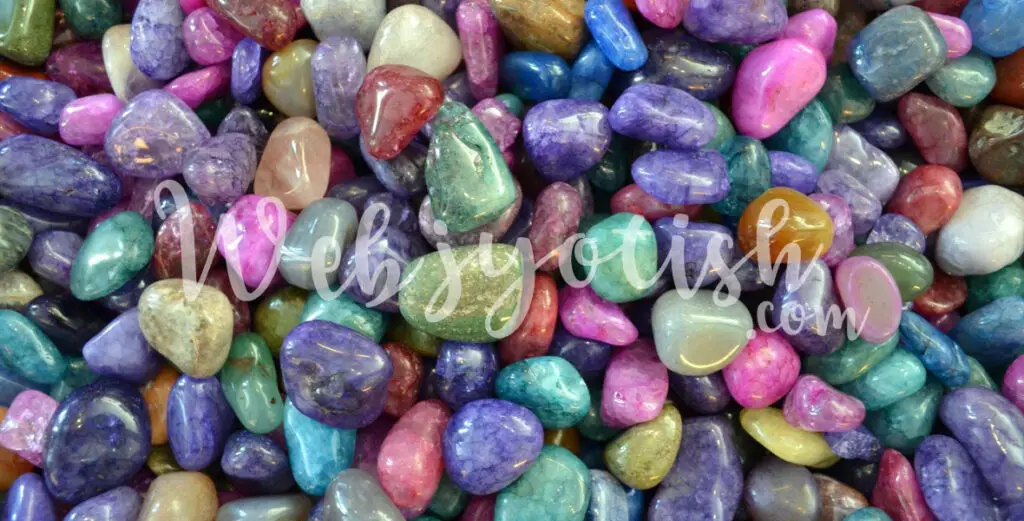Amethyst is a type of quartz mineral that has a unique and stunning purple color. Since ancient times, it has been revered as a precious gemstone and used for decorative and spiritual purposes. In fact, amethyst continues to be one of the most popular and valued stones in the market today. But aside from its beauty, there are also many benefits of natural amethyst stone to wearing it. In this blog, we’ll dive deeper into what makes amethyst special and explore its potential healing properties, including the benefits of natural amethyst stone.
History of Amethyst:
Amethyst has played a significant role in history, especially in ancient Greece and Rome where it was believed to have healing powers and was used in amulets and jewelry. The name “amethyst” comes from the Greek word “amethystos”, which means “not drunken” and was believed to prevent intoxication. It was also associated with the goddess Diana and was said to have the ability to protect against evil spirits.

Amethyst Stone Benefits
While there is no scientific evidence to support the healing properties of amethyst, many people believe that wearing or placing the stone in their home can promote physical, emotional, and spiritual healing. Here are some of the benefits of natural amethyst stone that are commonly associated with it:
- Calms the mind and relieves stress and anxiety
- Encourages better sleep and helps with insomnia
- Boosts the immune system and reduces pain and inflammation
- Promotes clarity of thought and intuition
- Enhances spiritual awareness and connection
How to Use Amethyst:
There are various ways to use amethyst to enjoy its benefits. The most common ones include:
- Wearing amethyst jewelry, such as necklaces, bracelets, and earrings
- Placing amethyst stones or clusters in your home or workplace
- Using amethyst in meditation or yoga practices
- Carrying an amethyst stone in your pocket or bag
Choosing and Caring for Amethyst:
When choosing natural amethyst stone, look for pieces with a deep, vibrant purple color and minimal inclusions or blemishes. Keep in mind that amethyst can be found in other colors such as pale lavender or reddish-brown, but these are generally less valuable. As for caring for your amethyst jewelry or stones, avoid exposing them to direct sunlight or chemicals as this can damage or fade the stone. Instead, use a soft cloth or brush and mild soap to clean your amethyst and store it in a pouch or box to prevent scratching or chipping.
Where to Find Amethyst:
Amethyst can be found in many parts of the world, but some of the most famous sources include Brazil, Uruguay, Zambia, and South Korea. You can find natural amethyst stone in various forms and sizes, from small tumbled stones to large geodes. Many jewelry stores and online retailers sell amethyst products, but be sure to do your research and purchase from a reputable seller.
Conclusion:
Natural amethyst stone is not only beautiful to look at but also has potential healing properties and benefits. From promoting relaxation and better sleep to enhancing spiritual awareness and intuition, amethyst can be a valuable addition to your life. By understanding its history, benefits, and how to use and care for it, you can make the most out of this precious gemstone. So why not add some amethyst to your collection and see for yourself what it can do for you?



